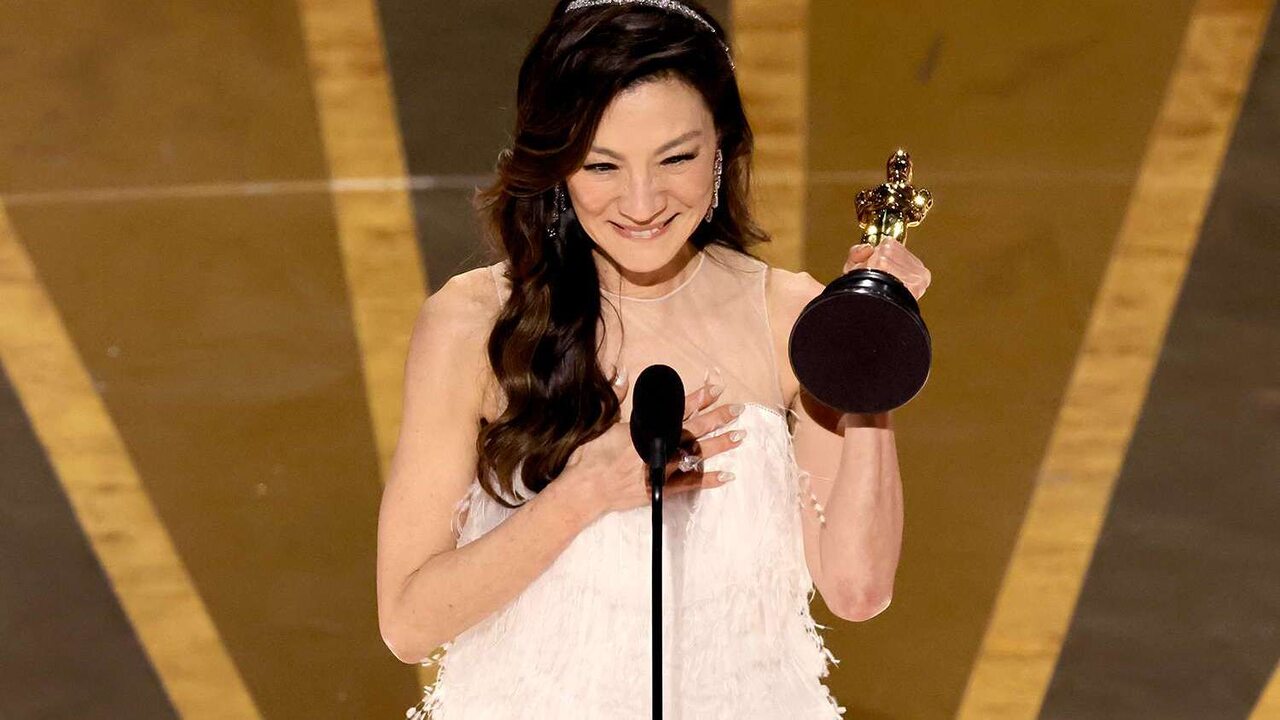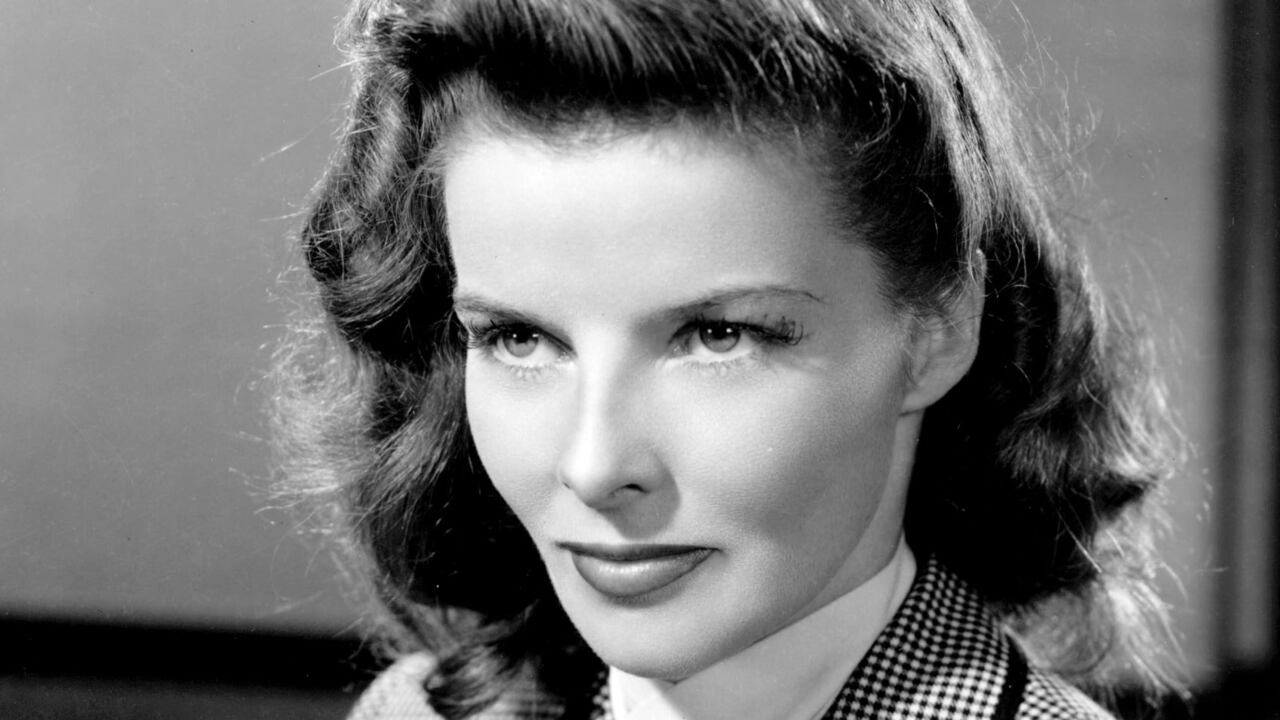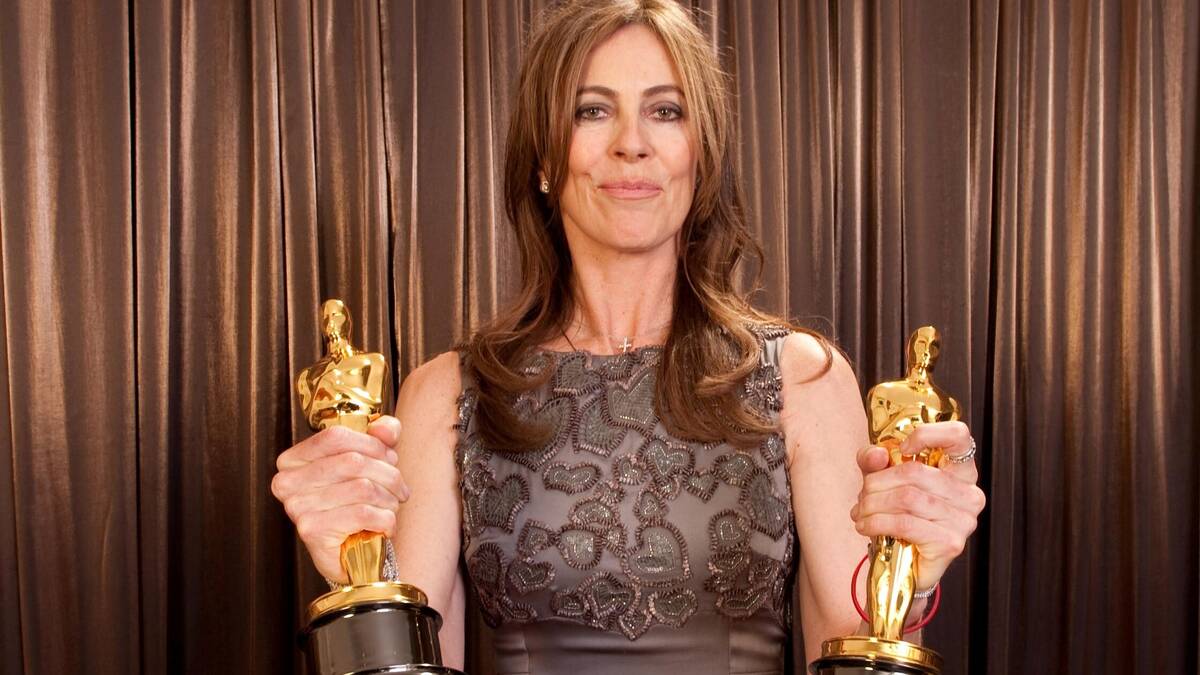
Films have been one of the most powerful mediums of storytelling for over a century. Throughout this time, women have played an essential role in shaping the art form, both behind and in front of the camera. From silent film stars like Mary Pickford to contemporary directors like Ava DuVernay, women have left their mark on the industry. In this article, we'll take a look at the impact of women on film from 1920 to today.
The 1920s were a time of great change in the film industry, and women played a crucial role in shaping it. During this era, female stars like Mary Pickford and Lillian Gish became some of the biggest names in Hollywood. These women were not only talented actors but also savvy businesswomen who had a significant impact on the industry's development.
Mary Pickford, known as "America's Sweetheart," was one of the most famous stars of the silent era. She co-founded United Artists with Charlie Chaplin, Douglas Fairbanks, and D.W. Griffith, giving actors more control over their films' production. Pickford was also one of the first women to take on a behind-the-scenes role, producing and directing several films throughout her career.
Lillian Gish was another prominent actress of the silent era, known for her emotional performances and delicate beauty. She worked with pioneering director D.W. Griffith on several of his most significant films, including "The Birth of a Nation" and "Intolerance." Gish was also an advocate for women's rights in the film industry, speaking out against unfair treatment and advocating for more significant representation both in front of and behind the camera.

The 1940s and 50s are often referred to as the "Golden Age" of Hollywood. During this time, the studio system was in full swing, and many of the most iconic films of all time were produced. Women continued to make significant contributions to the industry, both in front of and behind the camera.
Actresses like Katharine Hepburn, Bette Davis, and Ingrid Bergman became stars during this time, known for their talent and charisma. Hepburn was known for her independent spirit and unconventional beauty, and she became one of the highest-paid actresses of the time. Davis was known for her fierce performances and willingness to take on challenging roles, while Bergman's classic beauty and emotional depth made her one of the most beloved actresses of all time.
At the same time, women were also making strides behind the camera. Dorothy Arzner became the first woman to direct a sound film in 1932, and she went on to direct several more films throughout her career. Ida Lupino also made history when she became the first woman to direct a film noir in 1953. These women paved the way for future generations of female filmmakers.
In the 1980s, women began to take on more prominent roles in the film industry. This was due in part to the success of feminist movements, as well as changes in film technology that made it easier and more affordable for independent filmmakers to make movies.
One of the most significant female filmmakers of the era was Kathryn Bigelow. In 1987, she became the first woman to win the Best Director award at the Cannes Film Festival for her film "Near Dark." She went on to direct critically acclaimed films like "Point Break" and "The Hurt Locker," becoming one of the most respected directors in Hollywood.

Today, women are still fighting for equality in the film industry. Although progress has been made, they are still underrepresented both in front of and behind the camera. However, women are continuing to break barriers and make their mark on cinema.
In 2020, Chloe Zhao became the first woman of color to win the Best Director award at the Oscars for her film "Nomadland." The film also won Best Picture, making Zhao the second woman to receive the honor.
Besides Zhao, other women are making waves in the industry. Directors like Ava DuVernay, Greta Gerwig, and Patty Jenkins have become household names, known for their bold and innovative filmmaking. Actresses like Viola Davis, Michelle Yeoh, and Cate Blanchett continue to dazzle audiences with their performances, breaking down barriers and challenging the industry's status quo.
The rise of streaming services like Netflix and Hulu has also created more opportunities for women in the industry. Shows like "Orange is the New Black," "The Crown," and "Handmaid's Tale" have given female writers and directors the chance to tell complex, nuanced stories with a female perspective.
From the silent era to the present day, women have played a vital role in shaping the film industry. They have been actors, directors, producers, writers, and more, breaking down barriers and challenging the industry's status quo. As we move into a new era of cinema, it's important to celebrate the contributions of women and continue to advocate for greater diversity and representation in the industry. By doing so, we can create a more inclusive and vibrant film community that reflects the richness and diversity of the human experience.
Get all latest content delivered to your email a few times a month.
Bringing Pop Culture News from Every Realm, Get All the Latest Movie, TV News, Reviews & Trailers
Got Any questions? Drop an email to [email protected]